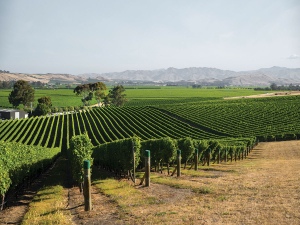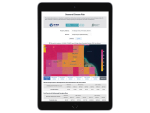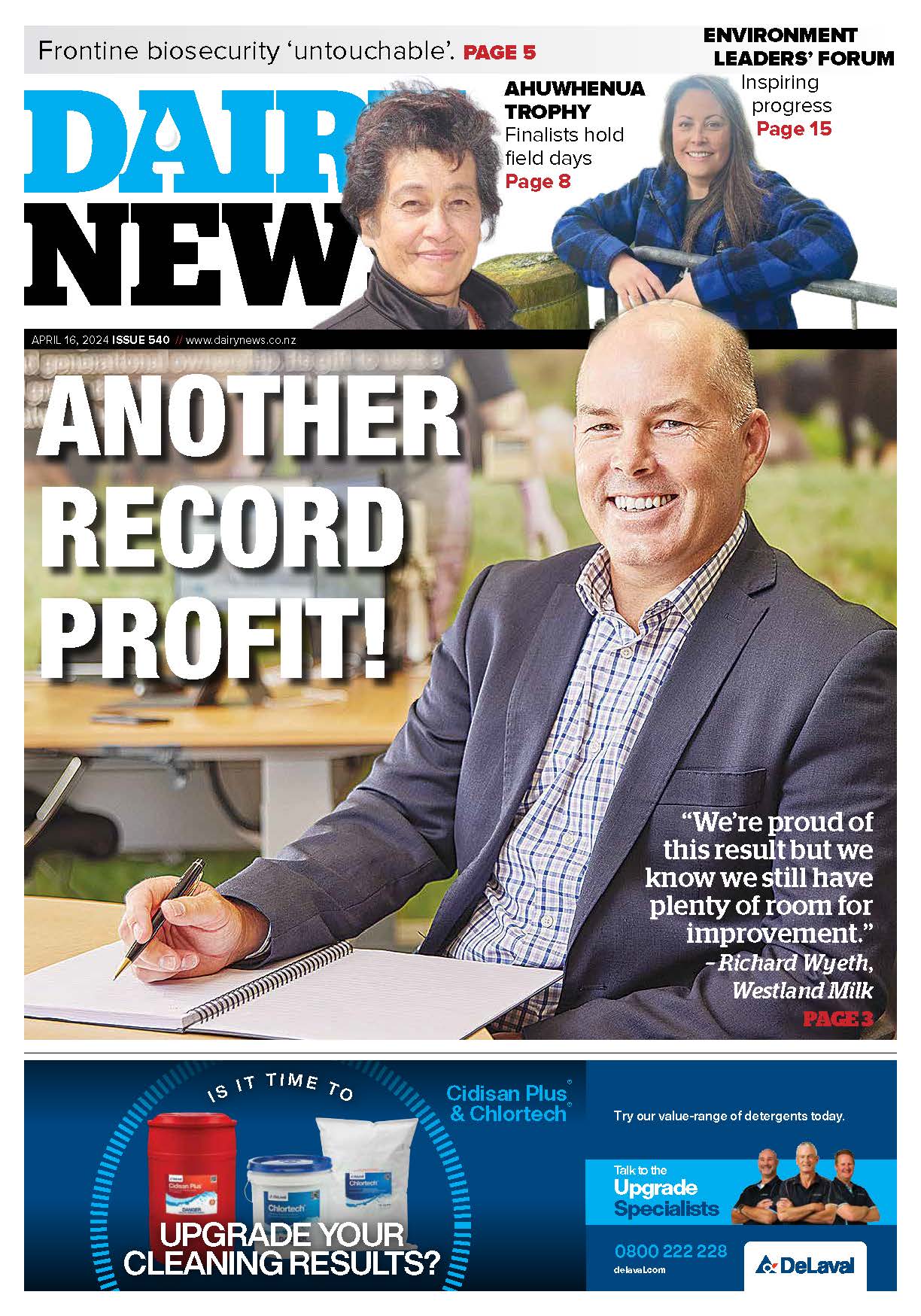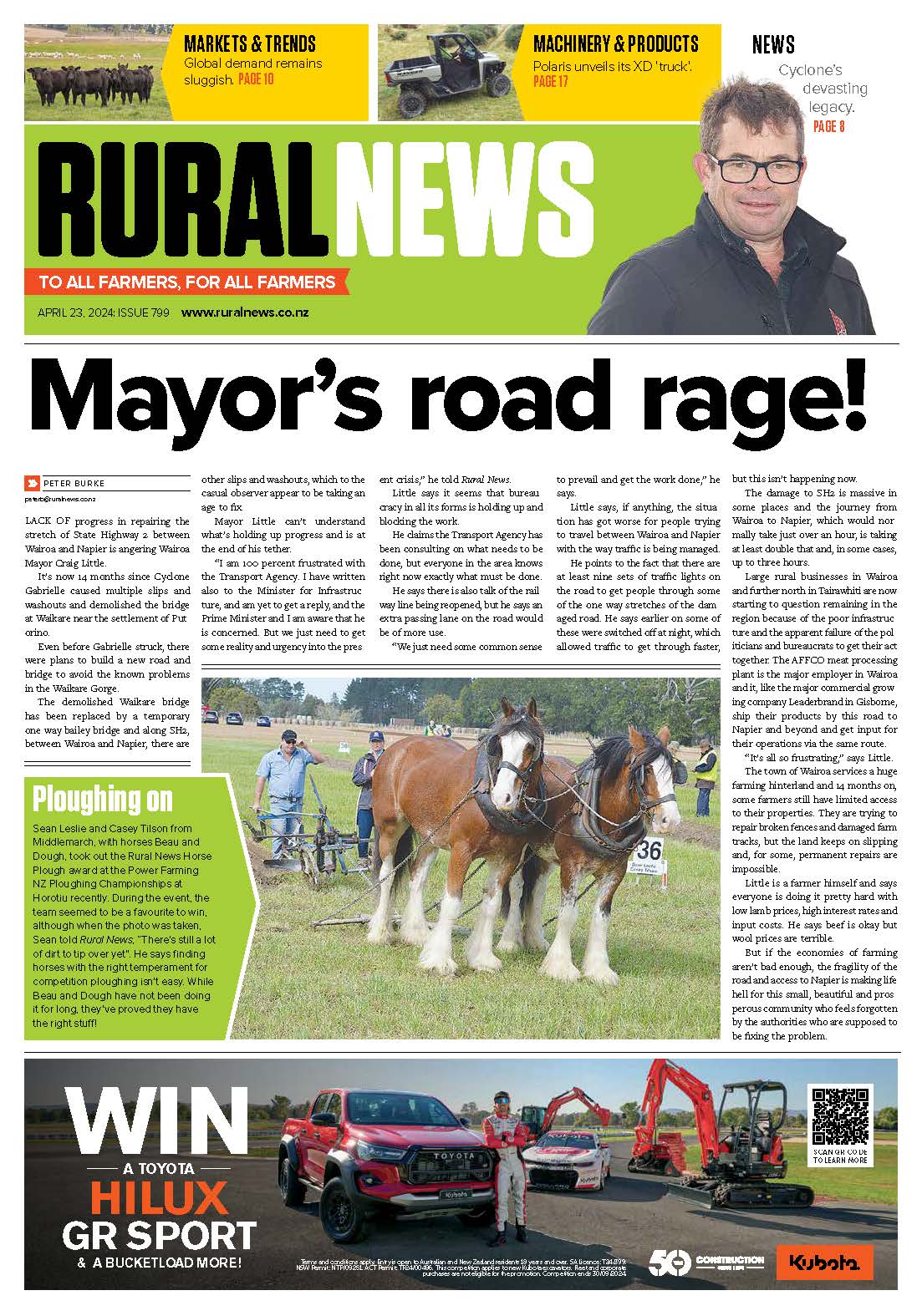Collective data from more than 1,000 Marlborough Sauvignon Blanc vineyards is helping grow understanding of the region's terroir.
A recent paper in the Australian Journal of Grape and Wine Research – Underpinning Terroir with Data: Integrating Vineyard Performance Metrics with Soil and Climate Data to Better Understand Within-Region Variation in Marlborough, New Zealand – uses yield and harvest dates supplied by local wine companies. Lead researcher Dr Rob Bramley, Senior Principal Research Scientist at CSIRO in Adelaide, has done similar studies in the Barossa Valley and Margaret River with publicly available soil and climate data, but says the Marlborough study was able to take that a step further. “Wine companies already collect a huge amount of data for their own purposes, and it is a great credit to the growers and wine companies in Marlborough that they were willing to share their data. The overwhelming majority of people who we asked for data were willing to contribute it and I think the study shows the power of doing that”.
The project’s initial purpose was to address the question of whether there are areas in Marlborough that are sufficiently similar “that under the same kind of management, you can make measurements in one place to help you make a decision in another”, he says. But that quickly became much more of a “terroir question”. The research team was able to overlay data on vineyard performance (yield and harvest date) with biophysical data (soils and climate) to give a holistic view of regional-scale variation in the terroir of Marlborough. The study concluded that the Marlborough region has characteristically variable Sauvignon Blanc production, with a key finding being the apparent distinction between the Wairau and Awatere valleys. “Interestingly, the delineations that we’ve identified are a little bit different to those which have been identified previously. The Wairau and Awatere Valleys are very clearly quite different and then there is an area in the lower Wairau which is inherently higher yielding than anywhere else and that’s quite clearly associated with its much siltier soils.”
Co-author Dr Mike Trought has had a long interest in Marlborough terroir and says the study also highlighted pockets of the Wairau plains that consistently appear to be lower yielding. The study is a first step, highlighting research opportunities to “further understand the ’why?’ behind regional variability”, Mike says. “There are a lot of hypotheses as to why we see these variations... If you look at the soil types, one area is distinctly different to other areas on the Wairau Plain. If it is simply high water holding capacity, then why doesn’t irrigation have the same effect? If it is a nutritional effect, how will fertiliser alter that?”
The study points to future implications for many aspects of the Marlborough industry, from vineyard management and winery logistics to future planning around regional expansion and contraction. The study can start conversations about subregionality in Marlborough and “to what extent our knowledge of subregional differences can be used in the marketing perspective”, Mike says. “While some wines comparing various vineyards at the same harvest soluble solids were made during the Sauvignon Blanc research programme, the number of sites were limited,” he adds.
Rob would like the research to delve into the resulting wines. “If we could analyse some fruit chemistry or get some sensory analysis done based on the clustering that we’ve identified, it would be very interesting to see to what extent those differences are expressed in the wines.”
To read more go to hindawi.com/journals/ajgwr/2023/8811402/












